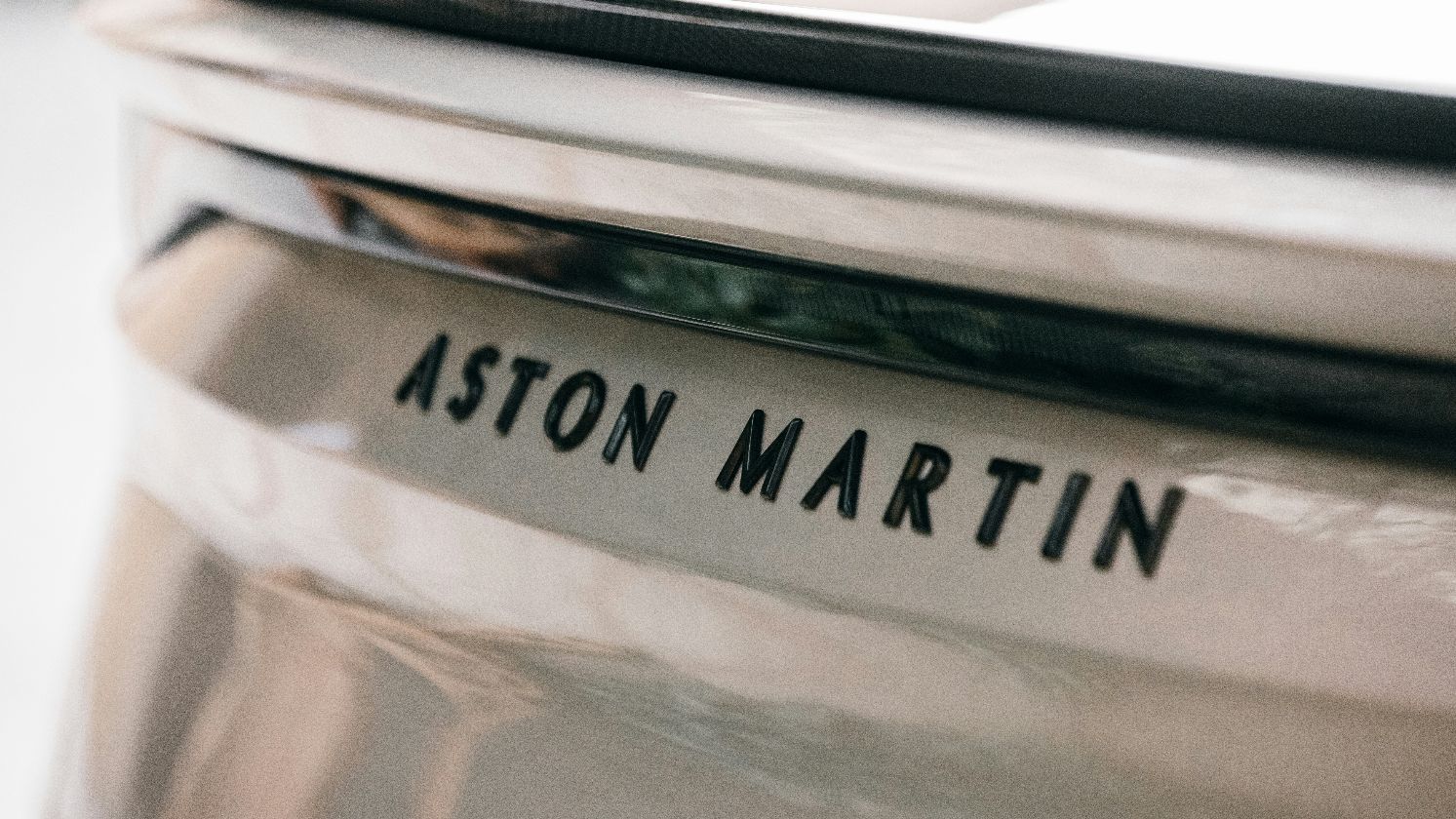Life With A Vintage Ride
Owning a classic car is nothing like owning a regular vehicle. Some days it feels like you’re running a small museum on wheels, except this one needs gas, insurance, and the occasional emergency fix. Other days, it’s just you, the open road, and a sense of connection to something built in a bygone era. So, first, here are ten things that make classic car ownership a real challenge before moving on to the benefits.
1. Relentless Battle Against Rust
Moisture finds its way into unsealed joints and metal seams, where older paint finishes offer little protection against corrosion. Once inside, salt and grime accumulate on the undercarriage, speeding the damage. Hence, regular anti-rust treatments become the only way to keep it under control.
2. Terrible Fuel Economy Costs More
Carbureted engines in classic cars consume more fuel per mile, and without fuel injection, combustion remains inefficient. Combined with heavier bodies that demand more energy to move, fuel use climbs quickly. With rising fuel prices, running a classic becomes noticeably more expensive.
3. Replacement Parts Are Scarce
Original manufacturer parts for classic cars are often discontinued, forcing owners to rely on specialty suppliers with limited stock. When rare components are available, waiting times can stretch for weeks, and certain items may require custom fabrication.
4. No Modern Safety Features
Classic cars offer little in the way of modern safety, starting with the absence of airbags, ABS, and traction control. On top of that, seat belts provide minimal restraint, and without crumple zones, impacts transfer more forcefully to occupants.
5. Frequent Breakdowns On Trips
Classic cars can turn a planned drive into an unplanned stop, as aging seals and hoses fail without warning. In addition, heat buildup can trigger vapor lock in the fuel lines, while worn wiring increases the chance of sudden stalls.
6. Expensive Specialty Car Insurance
Specialty coverage often starts with an appraisal, and once insured, a minor scratch can send your premiums climbing faster than your speedometer. Many policies also require you to store your ride in a climate-controlled garage and drive it sparingly.
7. Poor Handling At Higher Speeds
Push a classic car past cruising speed and you quickly discover it wasn’t built for modern traffic’s twists and turns. On today’s faster, more demanding roads, poor handling stands out more, reminding you that your beauty is better suited to Sunday drives than spirited sprints.
8. Outdated Braking Systems
Drum brakes heat up quickly, and as they fade under repeated use, confidence behind the wheel fades too. And without electronic brake force distribution, every press of the pedal feels like a gamble, especially if one wheel grabs harder than the others.
9. Limited Comfort For Long Drives
Don’t think of taking your classic car for a long ride, as comfort clearly wasn’t the design priority back then. Seats offer little more than token cushioning, and the thin insulation means cabin noise is relentless, with every engine hum filling the space.
10. High Maintenance Demands Constantly
The carburetor alone demands regular cleaning and careful tuning, or the engine starts running like it just woke up grumpy. Even the cooling system insists on periodic flushing and tinkering to keep temperatures in check.
Now, let’s take a look at ten reasons owning a classic car is still totally worth it.
1. Rising Value Over Time
Watching a classic car appreciate in value can feel like holding a piece of history that pays dividends. Well-kept models tend to see their worth climb steadily, especially when paired with the intrigue of limited production runs that spark collector competition.
2. Engaging Pure Driving Experience
In a classic car, manual controls keep every aspect of the drive in the driver’s hands, creating a direct link between action and response. This immediacy makes each gear change a precise act, where timing and technique shape the flow of the drive.
3. Exceptional Handcrafted Build Quality
Classic cars reflect a level of craftsmanship seldom seen today, starting with body panels that were hand-shaped to achieve precise alignment. Even the closing of a door or hood carried a distinctive, solid sound, tying together every element of quality.
4. Preservation Of Automotive Heritage
Each classic model reflects the engineering trends of its era, often carrying technologies that have long disappeared from modern roads yet remain fully functional. As a rolling exhibit, it allows enthusiasts to experience history in motion. And for younger generations, they serve as engaging, hands-on lessons in automotive history.
 Andy / Andrew Fogg from near Cambridge, UK on Wikimedia
Andy / Andrew Fogg from near Cambridge, UK on Wikimedia
5. Distinctive Iconic Engine Sound
Classic cars announce themselves before they’re seen, with engine sounds that are unmistakably tied to their era. With fewer mufflers to soften the output, the result is a raw, mechanical profile that modern cars rarely match.
 Tokumeigakarinoaoshima on Wikimedia
Tokumeigakarinoaoshima on Wikimedia
6. Extensive Customization Possibilities Available
Some people see a classic car as a time capsule, but for many owners, it’s also a blank canvas begging for creativity. You can simply match the paint to your favorite shade and explore engine upgrades that boost both performance and pride.
7. Guaranteed Public Attention Anywhere
Nothing draws eyes to the road quite like a classic car cruising past. People pause mid-step to snap photos, and those distinctive curves and lines stand out against today’s uniform designs. That’s why a quick run to the store feels like a small parade.
8. Access To Exclusive Car Events
Sliding behind the wheel of a classic car gets you into places most drivers never see. Classic-only shows and rallies roll out the red carpet, sometimes with priority parking that feels almost royal. Moreover, private collector meetups bring you face-to-face with people who share your obsession.
9. Special Vintage Registration Perks
Driving a classic car can come with paperwork that actually feels like a perk. In some regions, lower annual registration fees keep costs pleasantly manageable. Beyond the perks, there’s a sense of pride in knowing your car is recognized as a preserved cultural asset.
 Antoni Shkraba Studio on Pexels
Antoni Shkraba Studio on Pexels
10. Passing A Legacy To Family
Handing down a classic car is like passing along a rolling chapter of family history. It can be gifted to future generations, carrying the stories that make it more than just metal and paint. Each drive keeps family traditions alive and moving forward.

























